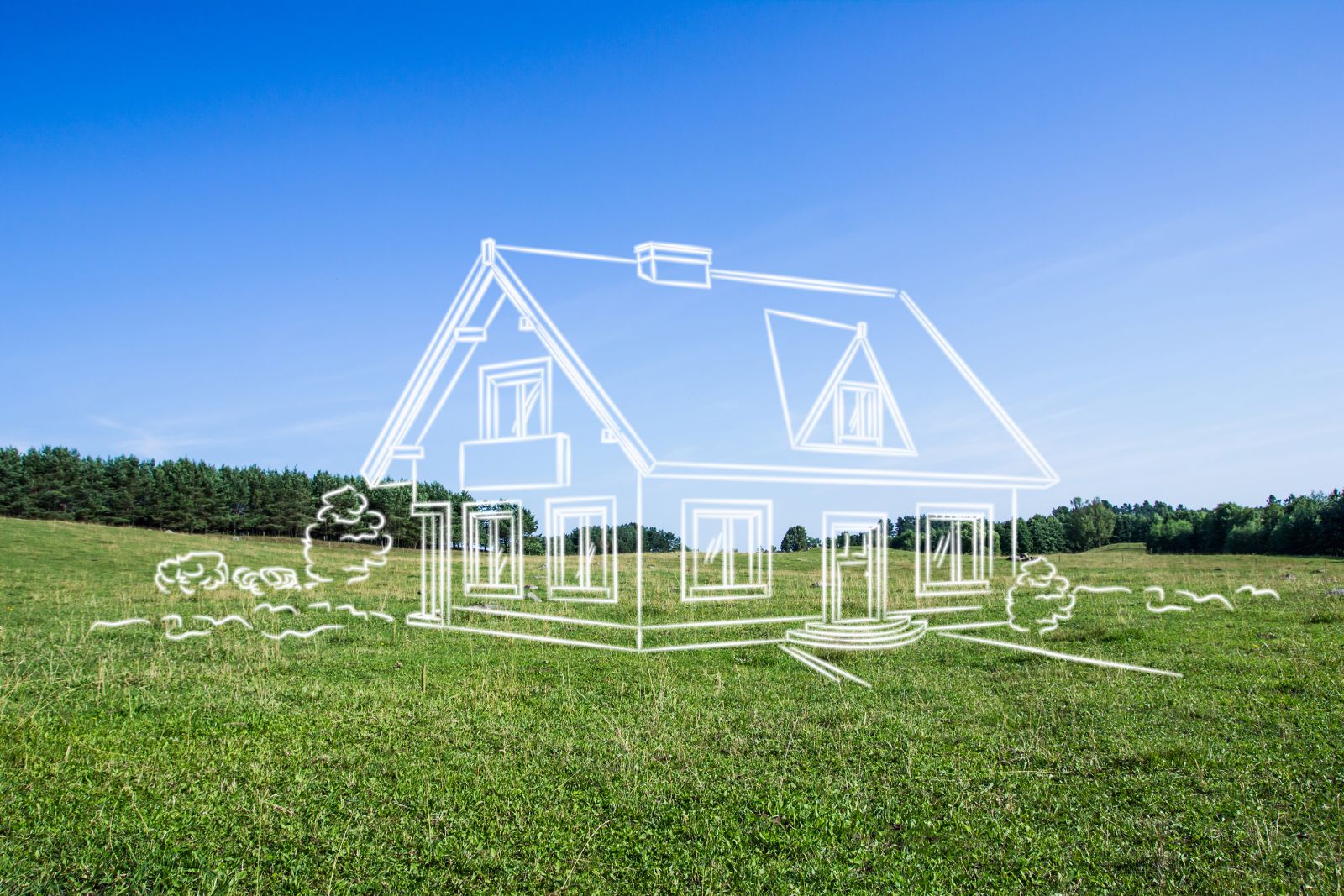One of the easiest and most inexpensive design trends to accomplish with your new custom home is tying in the latest color trends. Whether you are choosing the exterior colors for a new construction home in the Northwest or deciding on a color palette for your interior walls,furniture,and upholstery,the key is to achieve a timeless look that isn’t too bland. When selling a home,the rule is to go neutral. When moving into your custom home,the secret is to go bold and express confidence with colors that make you feel good. An all-white color theme works well as long as you dial-up personality. Add color in the form of colorful appliances,décor,and furniture.
Keeping It Cool
The color trends this year are getting away from the earthy blues and browns and gravitating toward cool tones such as gray and white. White décor gives a home a simple and crisp,clean appearance. In keeping with the monochromatic pale theme,consider blond wood furniture and sheepskin throw pillows.
Staying On Trend
When it comes to interior paint choices,you don’t need to worry too much about what’s on-trend versus what’s just trendy and will fade out of fashion in less than two years. Because paint is relatively inexpensive,it does not cost a lot to paint over any decorating faux pas. On the other hand,you can spend too much on trendy furniture that is much more expensive to change out if you grow tired of an unusual color.
Expressing Your Personality
Different colors affect people who live in a home. The psychology of color indicates a person feels soothed by blues but energized by reds and yellows. Some people believe purple inspires creativity. Some of the hot housing trends this year include using sophisticated coral shades for an accent. Bright colors pair well with the crisp whites and grays. Other color trends include painting rooms in violet,lilac,and green.
At HiLine Homes,we are dedicated to our clients The Northwest. We are an on-your-lot builder offering a price lock guarantee. For more information on how to get started building a custom home,click the link below!

